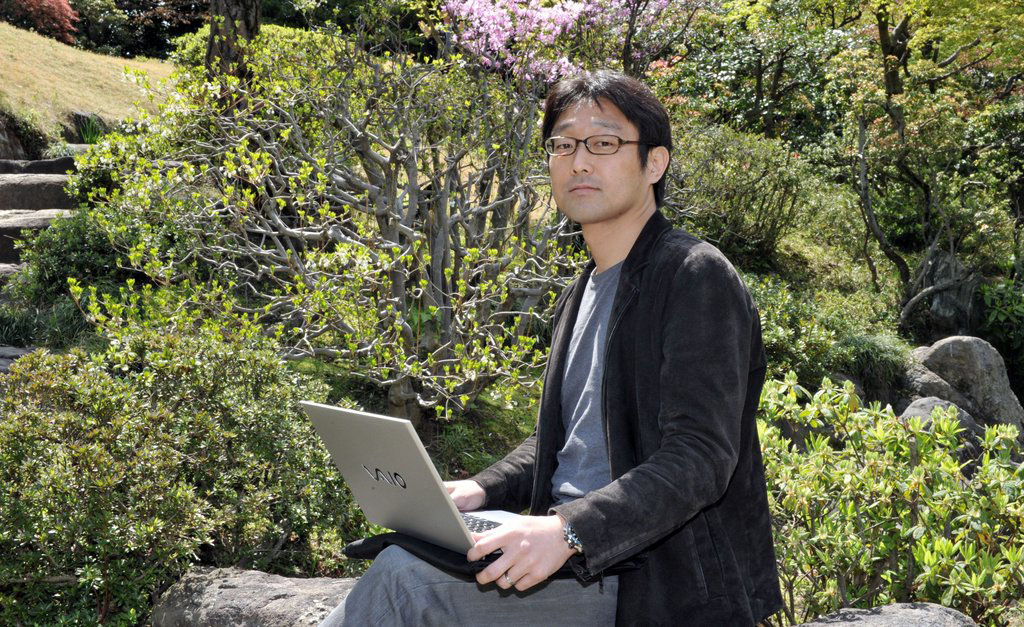Almost a decade before the March 2011 quake and tsunami triggered the triple core meltdown at the Fukushima No. 1 nuclear plant, Ko Fujii knew the government could not effectively communicate the risks of nuclear technology.
He should know — back then, Fujii was a government bureaucrat in the then-Science and Technology Agency whose job was to design nuclear technology policy. This included liability legislation for the fatal 1999 criticality accident at a uranium-processing plant in the village of Tokai, Ibaraki Prefecture — the site of Japan's first nuclear accident resulting in deaths by radiation exposure.
Even before Tokai, the government was up to its neck in nuclear technology issues: It was under attack for lack of transparency and an attempted cover-up after a sodium leak caused a fire at the Monju fast-breeder prototype reactor in Fukui Prefecture, and having a rough time persuading Aomori residents to host an experimental fuel-reprocessing plant in the village of Rokkasho.



